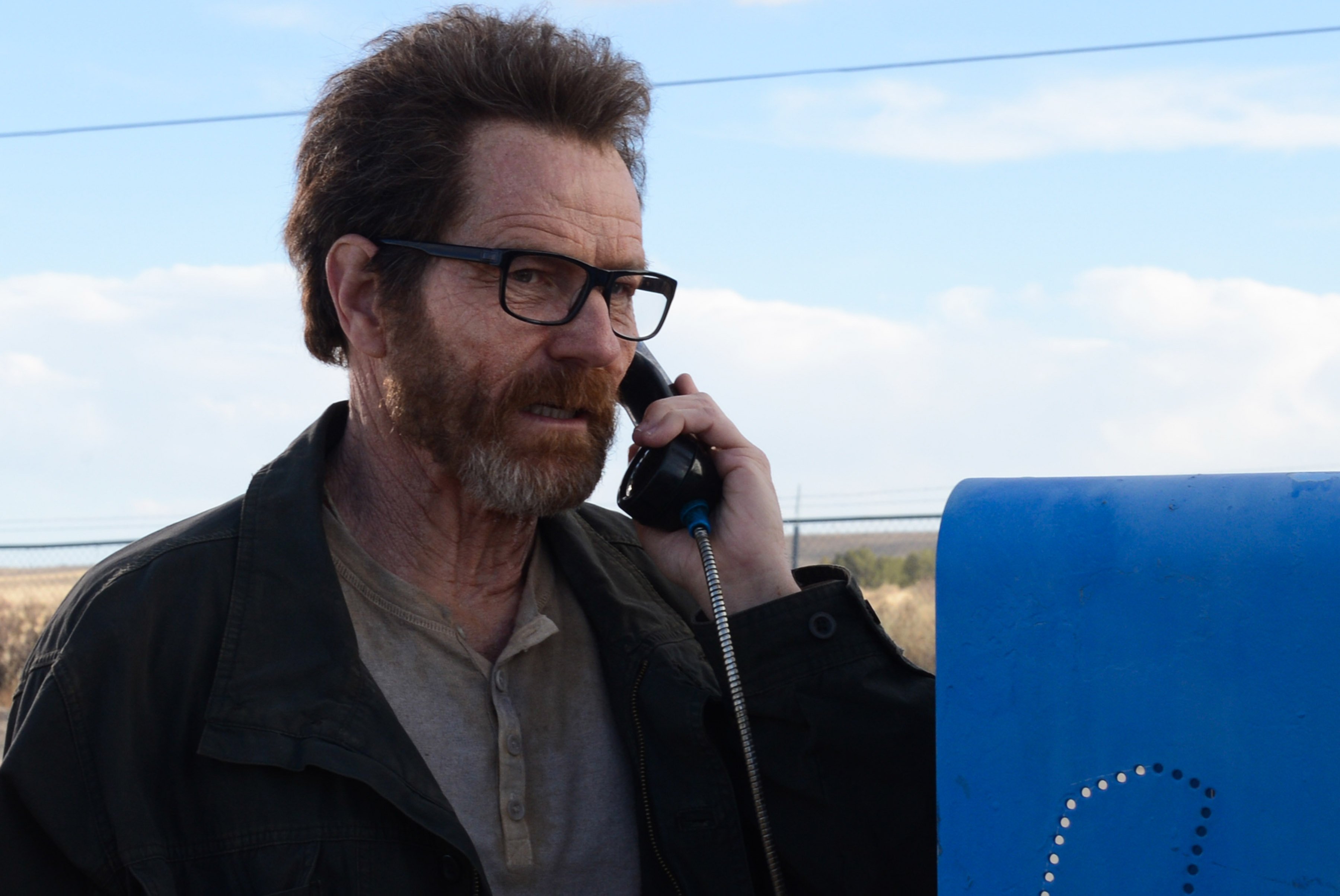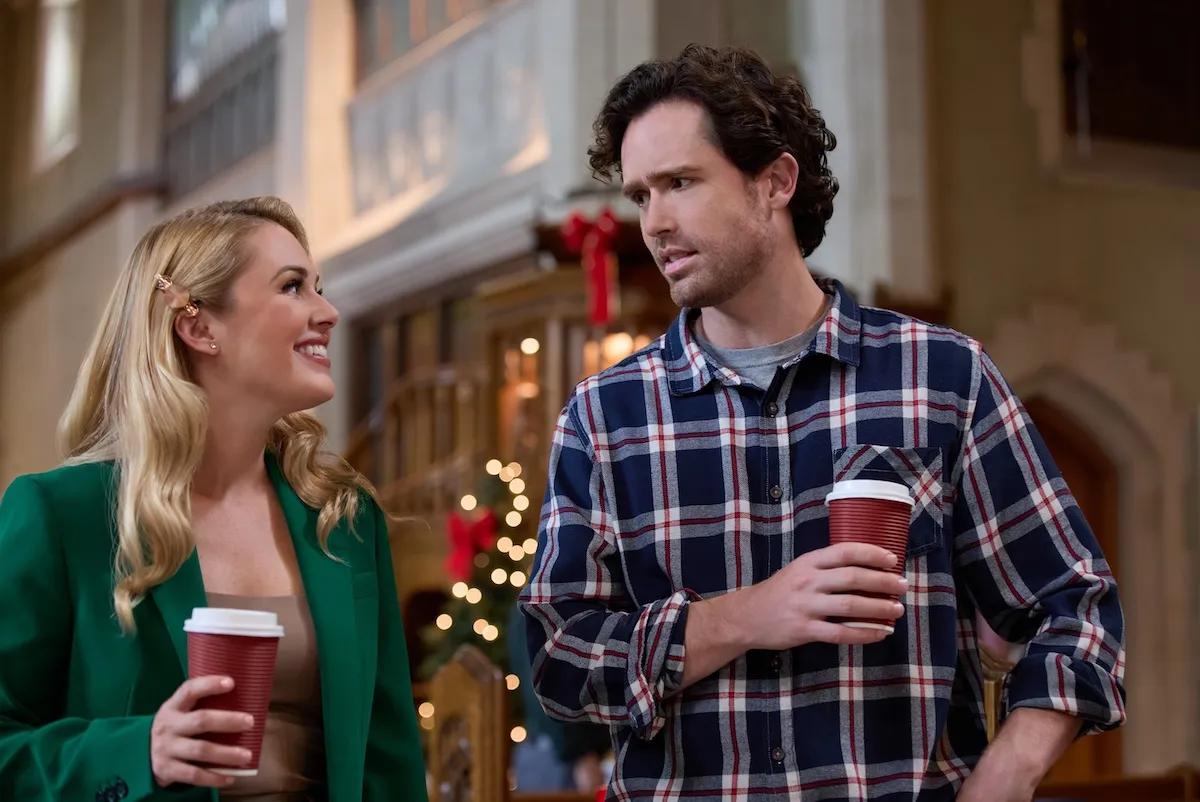‘Breaking Bad’: Fans Rooted For Walter White When They Were Supposed to Hate Him — Here’s Why
Breaking Bad lead Walter White (Bryan Cranston) is a difficult man to like. Though he starts out with good intentions — making money for his family to live on — eventually, Walt gives in to selfish motivations. But even as Walt gradually transforms into Heisenberg, some fans can’t help but root for him to succeed in his plight.
This is a general problem with antiheroes. However, there was something specific that made Breaking Bad fans love Walt and want him to be victorious even as he descended into evil.
Vince Gilligan intentionally cast a sympathetic Bryan Cranston

Series creator Vince Gilligan knew he needed a special person to play the role of Walter White. It had to be a person who could convey good intentions and be sympathetic, but also someone who could become a total menace. Cranston already proved his ability to embrace these two sides with his work on The X-Files.
“You’re going to see that underlying humanity, even when he’s making the most devious, terrible decisions, and you need someone who has that humanity – deep down, bedrock humanity – so you say, watching this show, ‘All right, I’ll go for this ride. I don’t like what he’s doing, but I understand, and I’ll go with it for as far as it goes,’” Gilligan said of Cranston, according to nj.com.
“If you don’t have a guy who gives you that, despite the greatest acting chops in the world, the show is not going to succeed. “
Directors used psychological tricks to get fans on Walt’s side
Sympathizing with Walt was more than just the actor playing the role, however. Psychologist Joseph Magliano spoke with NPR about specific tricks the show’s directors used to manipulate the audience into staying on Walt’s side.
“For starters, the writers packed the pilot with reasons to feel sorry for Walt,” Magliano said. “He’s struggling financially. He has a son with cerebral palsy, a baby on the way and now, he is dying of cancer. “Then we can explain his decision to sell drugs,” Magliano says. “It’s for a noble reason: to protect his family.”
And there’s more. Even the way Breaking Bad scenes were shot helped contribute to how fans perceived Walt and his intentions.
‘Breaking Bad’ fans saw the world through Heisenberg’s point of view
Gilligan uses plenty of point-of-view camera shots throughout the series, putting the viewer directly in Walt’s shoes and showing them what it’s like to experience his crappy life. This helped the audience empathize with some of the character’s worst decisions.
Those shots are interspersed with close-ups of Cranston’s face, which is where his acting skills came into play.
“[Cranston] is a master at controlling his facial expressions and showing a complexity of emotions,” Magliano told NPR. “We saw it in Malcolm in Middle, and now we see it here. All that emotion gives us a greater understanding of Walt’s situation, what he’s thinking,” he continued.
Gilligan counted on ‘Breaking Bad’ fans loving Cranston
And Gilligan agreed. “I also knew that he had this basic underlying humanity that just comes through. That kind of just beams out of his eyes or his expression,” Gilligan told The New York Times. “I don’t know where it comes from, but you just root for this guy.”
It may not make sense. But psychology, camera work, and Cranston’s innate skills are all part of what makes people keep on rooting for Walt long past when they should have stopped.


